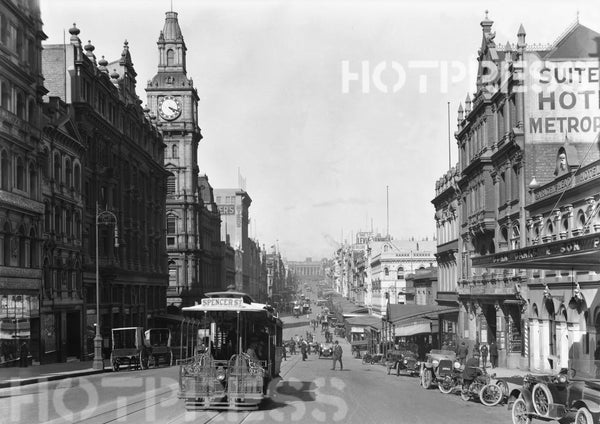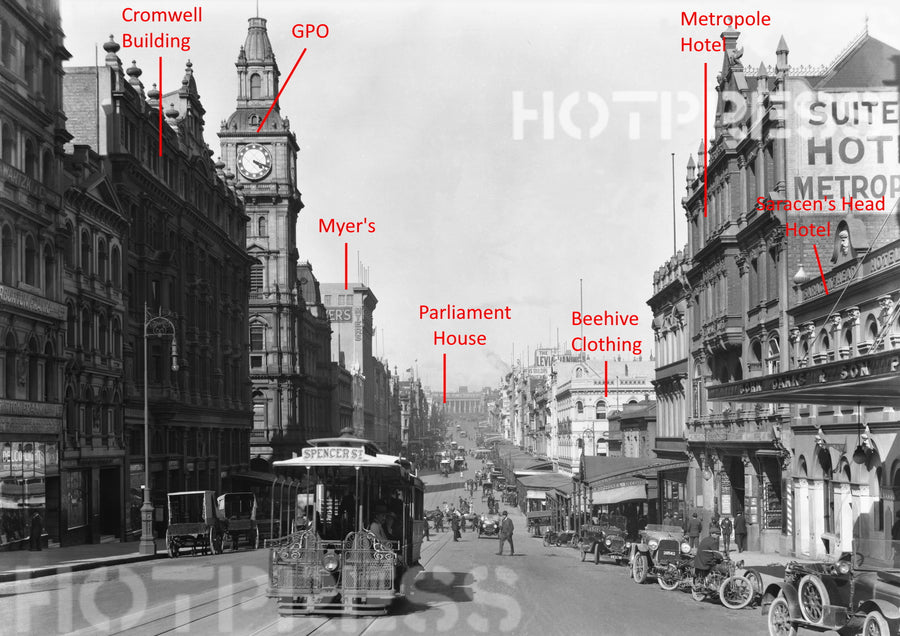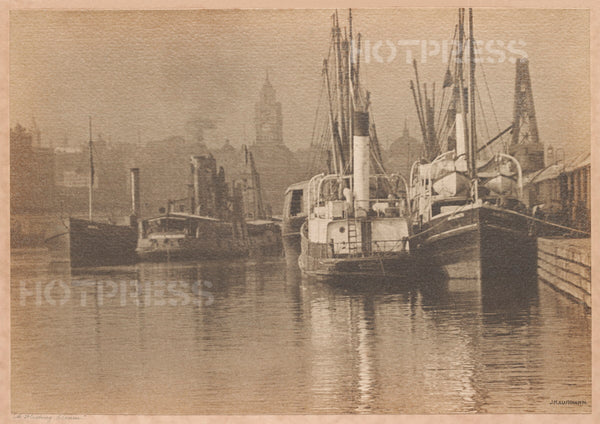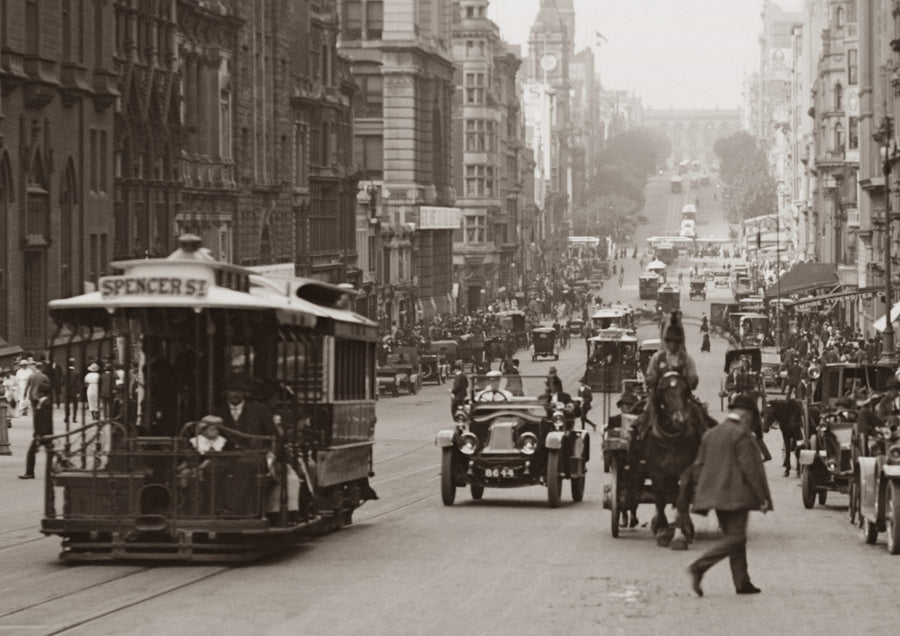Steam Tugboat "James Paterson" was one of a number of tugboats used by the Melbourne Harbour Trust to tow and push larger vessels in and out of Port Melbourne and the Docks.
"James Paterson" was built in 1902 at South Shields, England, and was broken up at Williamstown in 1966 (source: Des Williams, 'Wrecks of War – A Salvage Diver's Diary.'). She took over from the last paddle steam tug the "Albatross" in 1903.
The tug is named after James Paterson, a Scottish immigrant who came to Melbourne in 1852, and established a large business which included a towage business in port Phillip Bay. This was his main tugboat in that business. Mr Paterson was Mayor of Melbourne in 1876-1877 and seemed like the sort of guy that we need around today. I recommend that you read a short biographical entry about this remarkable person at this link http://adb.anu.edu.au/biography/paterson-james-4371
The vessel was commissioned into the Royal Australian Navy in WWI, and swept for mines laid off southern Australia by the German raider WOLF, and did so again with HMAS COOGEE around Cape Everard, off the south eastern coast of Victoria in January 1919.
This photograph is from the early 20th century, actual date unknown, but a WWI naval ship is just visible behind the tug's bow in this photograph. Captain Hartley Watson was the skipper of this tug for more than forty years, from 1907 to 1947, and that is probably him up on the bridge. He steadfastly refused to cover-in the bridge, but it was done as soon as he retired. This photograph is apparently showing the vessel working during WWI, sweeping for mines.
I also recommend that you read a short excerpt from Des Williams' book which tells a true story of some brave men and the involvement of this tug, posted at this link https://www.flickr.com/photos/41311545@N05/3835666341/
All text © HotPress
This is a digitally retouched reproduction of the original held by the State Library of Victoria.
Our team of conservators have worked on a high resolution digital image in order to remove blemishes and artifacts such as stains, mould, scratches and damage caused by the handling of the original. We strive to provide authentic representations of the original work that are suitable for enlargements that retain the tones and character of the original.








